Veterinary Rehabilitation is an emerging field that recognizes that animals, just like people, can benefit from specific exercise programs and other therapeutic modalities to decrease pain, improve fitness, and restore function. Both human and veterinary rehabilitation use non-invasive techniques to hasten recovery from recent injuries as well as long term conditions. The goal of rehab is to promote optimal function and fitness, relieve pain and improve your pet’s overall quality of life.
Physical rehabilitation in veterinary patients includes numerous modalities. Therapeutic exercises (slow controlled leash walking, range of motion exercises, aquatic therapy, balance exercises) are typically combined with other techniques such as therapeutic ultrasound, neuromuscular electrical stimulation, therapeutic laser, acupuncture, spinal manipulation, heat/cold therapy, and nutritional supplemental therapy.
History of Veterinary Rehabilitation
The benefits of physical therapy for animals have been widely accepted in the veterinary community for many years. Canine rehabilitation became mainstream in Europe in the 1980’s. Interest grew in the United States in the 1990’s and, in 1996, “veterinary physical therapy” was added to the American Veterinary Medical Association guidelines. This country’s first canine rehabilitation certification program was started the following year. Since then, there has been a large growth in physical therapy practices for animals, forcing a change in focus in many veterinary practices from curative and palliative care to proactive preventative care programs for conditions like arthritis and obesity.
When is Veterinary Rehabilitation needed?
Veterinary Rehabilitation therapies should be started as soon as possible after a surgery or an injury. As in people, complete rest after injury is not ideal, and can even increase muscles spasms (also called trigger points), stiffness and pain.Not only do muscles in spasm have an inadequate blood supply (making them slow to heal),but the body adapts and protects the injured area long after healing has started. These protective mechanisms alter movement and increase strain on other parts of the body.
What Conditions May Benefit from Veterinary Rehabilitation?
Virtually any musculoskeletal injury will improve more quickly with Physical therapy and Rehabilitation. Fractures, torn ligaments, back injuries, dislocations and tendon injuries all will recuperate more quickly with exercise programs to increase strength as well as techniques to reduce inflammation and improve range of motion. There are also a wide variety of chronic and/or painful conditions such as osteoarthritis, obesity and hip dysplasia as well as neurological conditions like intervertebral disc disease and degenerative myelopathy that can be improved with rehabilitation .In some situations, surgery can even be avoided. Success in chronic conditions can be measured by a decrease in pain or increase in mobility or, sometimes, simply improvement in overall life quality.
How Do I know When My Pet is in Pain?
This is one of the more difficult questions we face. All pets (and especially cats) are adept at hiding pain. In nature, the injured or ill quickly fall victim to predation and this knowledge is still hard-wired into the companion animal brain. Furthermore, pets don’t show pain in the same way as people.They can’t and won’t tell us they are hurting, so it is often only through close observation that we notice their behavior has changed. Signs of pain in pets include:
-
Limping or gait abnormalities
-
Sleeping more
-
Reluctance to go on walks, play, ascend stairs or jump up on furniture
-
Decreased appetite
-
Avoiding contact – petting or brushing.
-
Changes in posture during daily activities
Who Is Qualified to Perform Veterinary Rehabilitation?
Practitioners and therapists trained and certified in animal rehabilitation come from a variety of disciplines. They include veterinarians, veterinary technicians, physical therapists, physical therapy assistants, occupational therapists, and nurses. Veterinarians, however, are best suited to diagnose and treat veterinary patients. State practice acts dictate who can practice veterinary rehabilitation. Patients are usually referred by a primary veterinary or a veterinary specialist, and working with a pet’s primary veterinarians is essential to successful treatment of the patient.
If your pet becomes injured or has a chronic condition, ask your veterinarian how they might benefit from veterinary physical rehabilitation.

